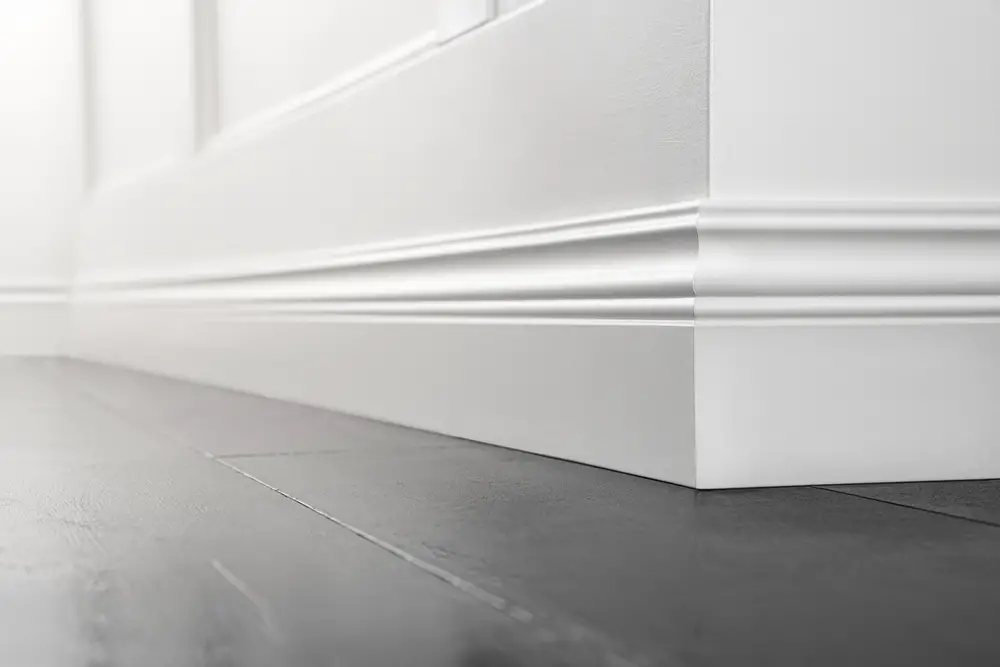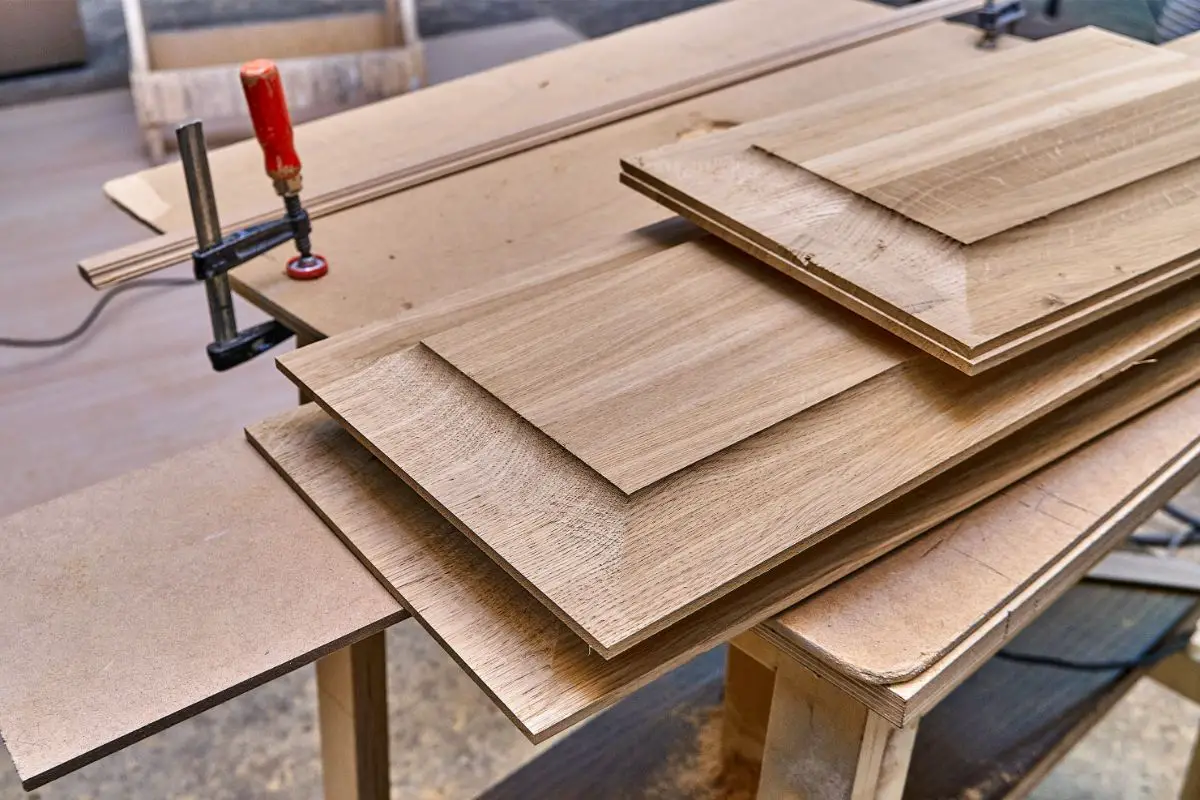Baseboard, also known as skirting board, is an essential element in interior design that adds both functionality and aesthetics to any space. It serves multiple purposes, including covering the joint between the interior wall and the floor, protecting the wall from damage caused by kicks, abrasion, and furniture. Additionally, baseboard can be a decorative molding that enhances the overall look of a room.

Baseboards come in various materials, such as plastic, vinyl, wood, and MDF, each with its own advantages. Whether you prioritize durability, affordability, or a specific design aesthetic, there is a baseboard material that will suit your needs and preferences.
Throughout this article, we will dive deeper into the different types of baseboard heat, discuss the pros and cons of baseboard heating systems, and ultimately help you make an informed decision when it comes to choosing an efficient heating solution for your home.
Types of Baseboard Heat
When it comes to baseboard heating systems, there are several types to consider. Each type offers its own set of advantages and can be chosen based on your specific heating needs and preferences.
Electric Baseboard Heat
Electric baseboard heat is a popular choice for its ease of installation and individual temperature control. These heaters are typically installed under windows and on perimeter walls to counteract cold air and heat loss. With electric baseboard heat, you can enjoy zone heating, allowing each room to have its own thermostat for customized temperature settings.
Gas Baseboard Heat
Gas baseboard heat utilizes natural gas or propane to generate heat. This type of system is often used in conjunction with boilers and hot water circulated through copper coils in the baseboard units. Gas baseboard heat offers efficient and reliable heating performance, making it a suitable option for many households.
Hydronic Baseboard Heat
Hydronic baseboard heat operates similarly to gas baseboard heat, but instead of using gas, it relies on hot water for heating. This water is circulated through the copper coils within the baseboard units, providing steady and comfortable heat throughout the room. Hydronic baseboard heat is often preferred for its energy efficiency and quiet operation.
With these different types of baseboard heat available, you can choose the one that best suits your heating requirements. Whether you opt for electric, gas, or hydronic baseboard heat, you can enjoy the benefits of zone heating and individual temperature control in your home.

Pros and Cons of Baseboard Heat
Baseboard heat offers several advantages and disadvantages to consider when choosing a heating solution for your home. Here are the pros and cons:
Pros of Baseboard Heat:
- Quiet Operation: Baseboard heaters operate silently, ensuring a peaceful environment in your home without noisy furnaces or blowers.
- Zone Heating: With baseboard heat, you have the flexibility to control the temperature in different areas of your home through individual thermostats, allowing for more efficient energy usage.
- Simple Installation: Baseboard heaters are relatively easy to install, especially in homes where traditional ductwork installation is not feasible. This makes them a convenient option for retrofitting existing spaces.
- Secondary Heat Source: In extremely cold temperatures, baseboard heaters can serve as a secondary heat source, providing additional warmth and comfort.
Cons of Baseboard Heat:
- Higher Cost: Baseboard heating can be more expensive than alternative heating options, leading to higher energy bills in the long run.
- Design Limitations: The placement of baseboard heaters can restrict furniture placement and limit interior design options, as they typically need to be installed on perimeter walls or under windows.
- Safety Concerns: Baseboard heaters can pose a safety hazard, especially for households with young children, as they can become hot to the touch.
- Dry Heat: Baseboard heat produces dry air, which may cause discomfort or health issues for individuals with respiratory conditions or sensitive skin. Regular maintenance and humidification may be needed to mitigate this issue.
Consider these pros and cons when evaluating whether baseboard heat is the right heating solution for your home. While it offers certain benefits such as quiet operation, zone heating, and simple installation, it also has drawbacks that should be taken into account, including higher costs, design limitations, safety concerns, and the production of dry heat. Assess your specific needs and preferences to determine if baseboard heat aligns with your requirements or if alternative heating solutions would be a better fit.

Conclusion
In conclusion, baseboard heat is a popular choice for home heating due to its various advantages. It provides efficient and quiet operation, ensuring a peaceful environment without the noise of furnaces or blowers. The ability to have zone heating allows for personalized temperature control in different areas of the home, enhancing comfort and energy savings.
Installation of baseboard heaters is relatively simple, especially in homes where ductwork installation may not be feasible. This makes them a convenient option for homeowners looking for an efficient heating solution. Additionally, baseboard heaters can serve as a secondary heat source, providing extra warmth during extreme cold weather.
However, it is important to consider the cons associated with baseboard heat. The cost of operating baseboard heaters can be higher compared to other heating options, leading to increased energy bills. The placement of baseboard heaters can also limit interior design options and restrict furniture placement. Safety concerns may arise, especially for households with young children, and the dry heat produced by baseboard heaters may cause discomfort or health issues for some individuals.
When deciding on a home heating system, it is crucial to weigh the pros and cons of baseboard heat against your specific needs and preferences. While baseboard heat is a viable option for many, there are other efficient heating solutions available, such as electric heat pumps or ductless HVAC systems, which may better suit your requirements. Consider your individual circumstances and consult with professionals to make an informed decision on the most suitable heating solution for your home.
FAQ
Q: What is a baseboard?
A: A baseboard, also known as a skirting board, is a wooden, MDF, or vinyl board that covers the lowest part of an interior wall. Its purpose is to cover the joint between the wall surface and the floor, protecting the wall from kicks, abrasion, and furniture. Baseboard can also serve as a decorative molding.
Q: What materials are baseboards made of?
A: Baseboards can be made of plastic, vinyl, wood, or MDF. Each material has its own advantages and can be chosen based on personal preference and budget.
Q: What types of baseboard heating systems are there?
A: Baseboard heating systems can come in different types. Electric baseboard heat is a common choice and allows for zone heating, where each room has its own thermostat for temperature control. Gas baseboard heat and hydronic baseboard heat use hot water circulated through copper coils in baseboard units to provide heat. These systems are often used in conjunction with boilers.
Q: What are the advantages of baseboard heat?
A: Baseboard heat has several advantages. It operates quietly, allowing for a peaceful environment without noisy furnaces or blowers. Baseboard heaters offer zone heating, allowing for temperature control in different areas of the home. They are relatively easy to install, especially in homes where ductwork installation is not feasible. Baseboard heaters can also serve as a secondary heat source in extremely cold temperatures.
Q: What are the disadvantages of baseboard heat?
A: There are some cons to consider with baseboard heat. It can be more expensive than other heating options, leading to higher energy bills. The placement of baseboard heaters can restrict furniture placement and limit interior design options. They can also pose a safety hazard, especially for households with young children. Baseboard heat is known to produce dry air, which may cause discomfort or health issues for some individuals. Regular cleaning of baseboard heaters is necessary for optimal efficiency and performance.
Q: Are there other heating options besides baseboard heat?
A: Yes, there are other efficient heating solutions available, such as electric heat pumps or ductless HVAC systems, which may better suit your requirements.
- What Kind of Room Has No Doors or Windows? - December 1, 2023
- What is a Powder Room? - December 1, 2023
- What Is a Kitchenette: Exploring the Features and Benefits of a Compact Kitchen - December 1, 2023










